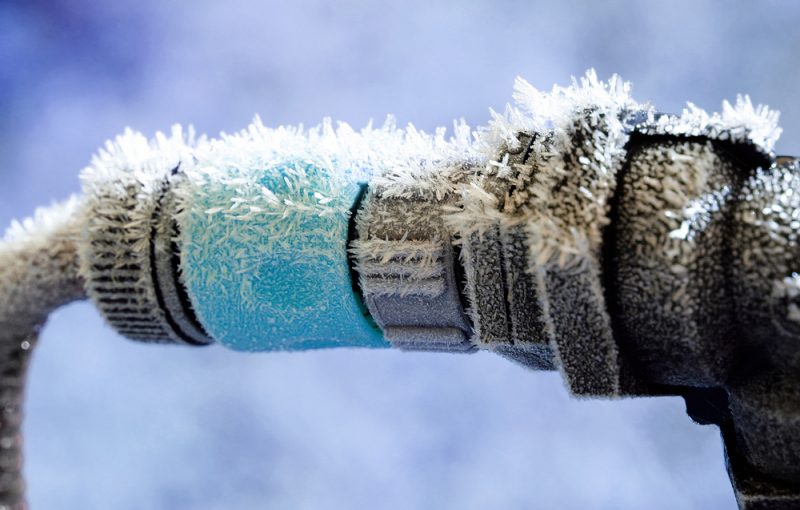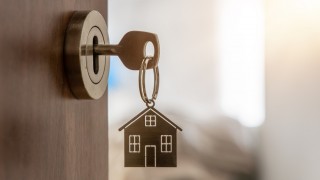Preventing frozen pipes is something that every homeowner strives for because when a pipe freezes, it has the potential to burst and this can cause a wealth of problems. Of course, when they freeze this also inhibits the running water in your home. The good news is that there are multiple steps you can take to stop them from freezing.
Know the Pipes That Are Most Likely to Freeze
You have pipes in many areas throughout your home, but some of them are more vulnerable to freezing than others and identifying these is the first step in preventing frozen pipes. The exterior walls are a prime location for this issue because the cold air is more likely to affect the ones in this area. This can be an especially problematic spot if the insulation in your home is lacking and the temperatures are especially cold.
Areas in your home that receive less heat than the primary living rooms are also at a higher risk. For example, your basement and your attic. Since these spaces are often not purposely heated, they tend to get colder than other rooms. Another factor that can play a role is less insulation in these areas.
Let Your Faucet Drip
In many cases, a dripping faucet is cause for concern, but allowing a purposeful drip can help to prevent the pipes associated with it from freezing. This is because when you keep the faucet open, it works to alleviate some of the pressure in the system. The pressure that can build up in a frozen pipe between the faucet and blockage is what results in it bursting.
Insulate Your Pipes
There is insulation that you can use to surround your pipes to help guard them against the cold a bit better. In most cases, the pipes that are located toward the center of your home do not need additional insulation, but you might consider this for those in the attic or basement, and those within exterior walls where the risk of freezing is the highest. You might also consider using heating tape around your pipes to offer an additional layer or protection. You put it directly onto the pipe and secure it.
Open Your Cabinet Doors
In the kitchen, the pipes are often behind your cabinetry and when the doors are closed, this prevents some of the heat from helping to warm them. On days where it is especially cold, open the cabinet doors to help increase the temperature in the area. If you have cabinetry in your bathroom, this can be beneficial here too.
Adjust Your Home Temperature
Making sure that the interior of your home does not go below 55 degrees Fahrenheit can be beneficial. It is especially important to consider this if you are going to leave your home for a long period of time, such as for a vacation or if you live elsewhere during the winter. If you will be done long-term, experts recommend turning off your primary water supply and making sure that the system is fully drained by flushing all toilets and opening all faucets.
Check for Holes and Cracks
Look at the areas around your pipes and make sure that any cracks or holes are caulked. This is important for both your exterior and interior walls. This helps to keep the air in the area warmer which works to prevent freezing.
You want to start thinking about frozen pipes are soon as the cold weather starts. It is a good idea to begin preparing around mid-fall if you live in an area that faces cold winters. This ensures that you are ready for the freezing weather and to keep your plumbing system in healthy condition.



